

Nothing beats summertime for enjoying sunshine, relaxation, and perhaps some extra time off. However, for many professionals, the reality is a packed calendar full of meetings after meetings. Meetings are likely stealing your summer hours and preventing you from getting more important work done.
The good news? By implementing effective strategies, you can reclaim your summer and spend less time in conference rooms. Using this blog post, you’ll be able to eliminate unnecessary meetings and free up your schedule for what matters most.
The High Cost of Unnecessary Meetings
Employees are estimated to spend at least three hours per week in meetings. Moreover, around 83% of employees spend up to a third of their working week in meetings. As if that weren’t enough, unproductive meetings waste 24 billion hours each year.
Suffice it to say that you spend significant time on discussions that could be handled more efficiently. With that said, the following are some of the reasons why streamlining meetings is so important:
- Lost focus. Jumping from one meeting to another disrupts your flow and prevents you from concentrating on deep work.
- Decision paralysis. It is common for large meetings to result in information overload and difficulty making decisions.
- Wasted time. A meeting without a clear agenda or purpose is a recipe for frustration and wasted time.
The Art of Saying No: Politely Decline Unnecessary Meetings
First, don’t be afraid to politely decline meetings that aren’t directly related to your work. Meetings are not all the same, after all. As such, consider the following questions before accepting an invitation;
- Is this meeting essential? Is communicating information asynchronously via email, document sharing, or project management software possible?
- Do I really need to attend? If the discussion doesn’t directly pertain to your role or expertise, you should politely decline.
- Can this be a quick check-in? Short, focused conversations are often more effective than long meetings.
If a meeting isn’t necessary, here’s how you can politely decline;
- Explain. Give a brief explanation of why you shouldn’t attend.
- Suggest an alternative. Consider reviewing meeting notes or following up with the organizer later.
- Be respectful. Always conduct yourself professionally and courteously.
Before the Meeting Bell Tolls: Be Proactive
If a meeting is unavoidable, here are a few time-saving tips to make it productive and worthwhile.
Make use of meeting scheduling software.
Scheduling can be simplified by using platforms such as Calendar.
This calendar app makes setting up meetings and tracking events easy. In addition, users are kept up-to-date on their commitments through timely notifications.
But that’s not all. With this platform, you can manage everything in one central location instead of scrambling to manage everything individually. In addition, you can seamlessly integrate with other calendars, like Google Calendar or Microsoft Calendar, into your time management system.
Clarify the agenda and objectives of the meeting.
Make sure that the meeting is laser-focused. How? Ideally, the organizer should circulate an agenda that outlines topics to be discussed, expected outcomes, and any pre-work attendees will need to complete before attending the event. As a result, expectations are set, and the meeting does not veer off-topic.
Reduce the attendance.
Large meetings are notorious for inefficiency. As such, organizers should critically evaluate who must attend. Can specific individuals contribute remotely or be notified after decisions have been made?
If you’re wondering, three to eight participants are the ideal meeting size, according to research.
Challenge the default.
Our calendars commonly fall victim to “Parkinson’s Law,” according to which work expands to fill the assigned time. To prevent your time from being dictated by the clock, follow these steps;
- Shorten meeting lengths. You don’t usually need a full 60 minutes to discuss something. Consider holding 20-minute huddles or 45-minute brainstorming sessions.
- Break up recurring meetings. Keep an eye on your calendar for meetings that happen weekly or monthly. Would it be possible to hold them biweekly or quarterly instead?
Establish a clear schedule (and stick to it).
In order to have a productive meeting, it is necessary to have a well-defined agenda.
- Circulate the agenda beforehand. This will help attendees prepare for the meeting and focus on the key points.
- Allocate time slots for each topic. This ensures that there are no rabbit holes and that everyone can contribute to the discussion.
- Appoint a timekeeper. Someone needs to enforce the agenda and gently nudge it at the right time to keep the discussion on track.
Schedule a walking meeting.
It’s a great idea to have a walking meeting this summer! The reasons are as follows:
- Great weather. With summer’s pleasant weather, you can enjoy some sunshine while chatting outdoors.
- Health benefits. In addition to boosting energy levels, walking improves circulation and even enhances creativity during discussions.
- Change of scenery. By ditching the conference room for a walk, you can gain a fresh perspective and generate new ideas.
For a successful summer walking meeting, consider the following:
- Pick a pleasant time. Ideally, choose an early morning or late evening time that’s comfortable for walking during the summer. Consider an indoor route with air conditioning, such as a mall or office building, if the weather is scorching.
- Plan your route. Whenever possible, choose a flat path with wide sidewalks and shade. You might want to consider a scenic area like a park or a nature trail.
- Make it short. A walking meeting is ideal for brainstorming sessions or quick catch-ups. In the case of a complex discussion, a traditional meeting might be the best option.
- Don’t make it too big. Ideally, walking meetings should involve 2-3 people for a focused discussion.
- Be considerate of colleagues. In case of extreme heat, ask about walking preferences and offer to reschedule.
During the Meeting: Sharpen Your Focus
Even though mandatory meetings can be boring, especially when you’d rather be at the beach. Despite this, here are a few ways in which they can remain focused and productive.
Make sure you start and end on time.
Adhere to the scheduled start and end times to be respectful of everyone’s time. If someone arrives late, don’t rehash previously discussed topics. Once the meeting is over, they can catch up.
Take advantage of asynchronous communication.
You may want to share documents or recordings before a presentation or update by doing the following;
- Provide participants with the option of reviewing the material at their own pace.
- Ask questions, clarify information, and make collaborative decisions during meeting times.
Designate a facilitator.
By having a dedicated facilitator, the conversation stays focused on the agenda, and everyone has a chance to contribute. The facilitator can also gently nudge the discussion back on track if it veers off course by setting time limits for individual points.
Utilize technology to increase efficiency.
Some tools and software can enhance the efficiency of meetings, including:
- Collaboration tools. Meetings can be eliminated with asynchronous communication and task management platforms like Slack and Trello.
- Online whiteboards. Tools like Miro or Mural facilitate brainstorming and real-time collaboration, even for remote teams.
- Remote participation options. Allow attendees to join virtually when possible, eliminating the need to travel.
Active participation should be encouraged.
Team members who actively participate in meetings are more engaged and collaborative. As a result, more innovative solutions can be developed, and better decisions can be made. In addition, active participation promotes a sense of ownership and accountability, as individuals feel heard and valued.
To encourage participation, here are some tips;
- Solicit input from all attendees. A few voices shouldn’t dominate the conversation.
- Use techniques like round-robin discussions. By doing this, everyone has a chance to be heard.
- Keep the atmosphere focused and respectful. Having side conversations and multitasking sabotages your progress.
Next steps and action items.
Be sure to assign owners clear action items and deadlines before the meeting ends. This will promote accountability and prevent misunderstandings after meetings.
After the Meeting: Ensure Follow-Through
Immediately following the meeting, ensure follow-through by doing the following;
Clear Action Items should be distributed.
- Individuals should be assigned specific tasks with deadlines.
- Determine who is responsible for what and what the next steps are.
- Keeping track of progress and holding everyone accountable can be done with project management tools.
Keep a record of key decisions and notes.
- You can use a collaborative note-taking app or assign someone to take minutes.
- After the meeting, share notes promptly for future reference.
- It is essential to have clear and actionable action items and decisions.
Analyze the effectiveness of meetings.
- To gather feedback from attendees, distribute a short survey.
- Was the meeting successful in achieving its goals?
- Would it be possible to improve the format or communication style?
You might think this is overkill. However, by continuously evaluating, you can refine your approach for future meetings.
Consider Alternatives to Meetings
If attendees are on vacation or have summer hours, consider alternatives to meetings such as;
- Asynchronous communication. If you want to share pure information, consider email, project management tools, or even pre-recorded videos. This allows individuals to consume the information at their own pace and eliminates the need for live sessions.
- Tools for making decisions. If a quick decision needs to be made, use online polling or voting platforms. This streamlines the process and avoids lengthy in-person discussions.
- Quick chats or stand-ups. If you need to share progress or have a quick team huddle, consider a quick stand-up meeting. This way, everyone can stay on the same page without having to schedule a formal meeting. Further, these meetings can be in person or virtually.
Be a Champion of Change
This summer, here are some ways to avoid having as many meetings as possible;
- Lead by example. As a manager or team leader, set an example by adhering to these principles. Reducing the number of meetings and prioritizing clear agendas is a good start, as well as empowering others to do the same.
- Open communication. Establish a formalized discussion about meeting effectiveness. Provide open feedback on whether meetings are necessary and how to improve them.
- Meeting reviews. Conduct a quick assessment of key meetings to determine if objectives were achieved and if the format was efficient. Using this feedback, you can improve future meetings.
The Final Word: A Meeting-Free Summer Awaits
Implementing these strategies can significantly reduce meeting time and regain control over your summer schedule. Keep in mind that effective communication and collaboration don’t require endless meetings. When you plan ahead and use the right tools, you can achieve more, feel less stressed, and finally enjoy your long summer days.
FAQs
Why reduce meetings during the summer?
- Increased vacations and absences. There are many reasons why people cannot attend meetings, such as vacations, childcare disruptions, or other commitments.
- Improved employee well-being. By reducing meetings, employees will have more time to concentrate on their work and could possibly achieve a better work-life balance, which will boost morale.
- Enhanced team agility. Having less time in meetings allows teams to respond more quickly to urgent matters.
- Increased productivity. By reducing meetings, teams can work more efficiently and focus on focused tasks.
How can I identify unnecessary meetings?
- Recurring meetings. Review the agendas for recurring meetings. Are there ways to share information asynchronously through email or project management tools?
- Large attendance lists. Consider whether everyone needs to attend. Is it possible for a smaller group to discuss and then share information with the larger group?
- Unclear objectives. Without a clear agenda or goal, a meeting might not be necessary.
Are there any tips for running more efficient meetings during the summer?
- Establish clear agendas and stick to them.
- Make sure attendees come prepared.
- Take advantage of technology for remote participation and presentations.
- Keep meetings on schedule by designating a timekeeper.
- It is important to assign action items and document deadlines clearly.
How can I encourage my team to stay connected outside of meetings?
- Utilize communication tools. You can stay updated quickly by using instant messaging platforms or project management software.
- Schedule informal check-ins. Maintaining team connection can be achieved through brief, regular virtual or in-person chats.
- Promote team-building activities. When meeting schedules are lighter, optional social functions can foster camaraderie.
Are there any situations where summer meetings are still necessary?
- Urgent matters. In-person meetings may be necessary when a critical decision or a time-sensitive issue needs to be addressed.
- Team building. Social interaction is essential for creating a cohesive team. If you have time outside of your regular work hours, consider informal gatherings.
- Onboarding new staff. It might be necessary to hold meetings to introduce new members to the team and train them.
Image Credit: Helena Lopes; Pexels


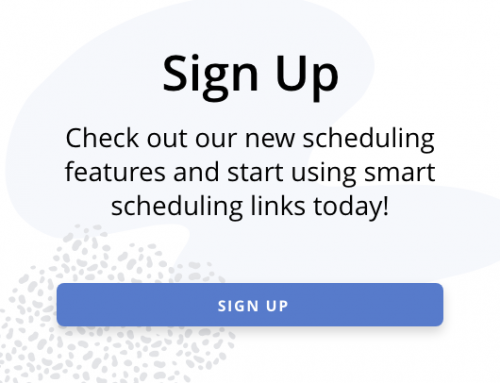


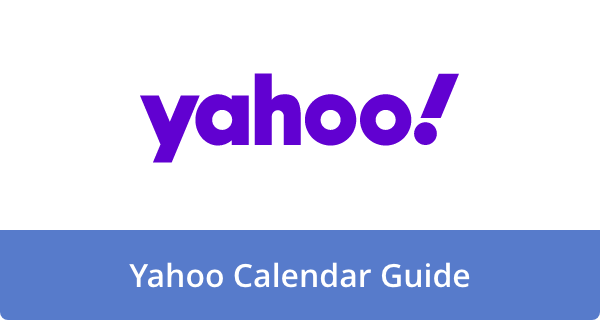
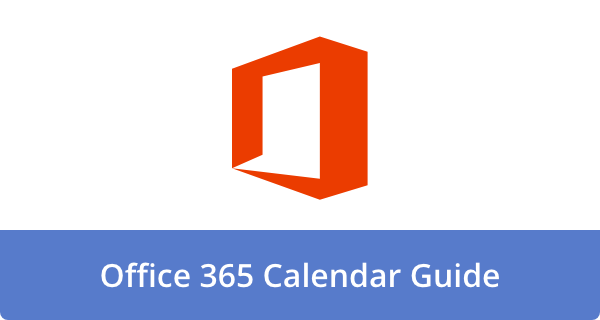
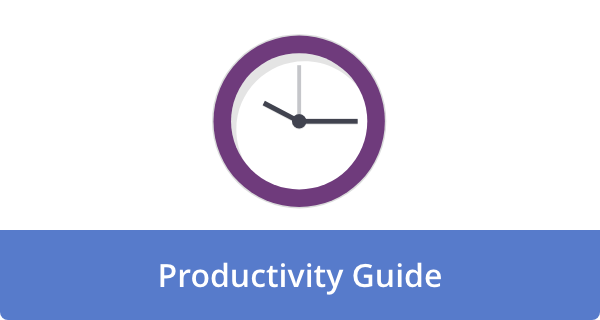
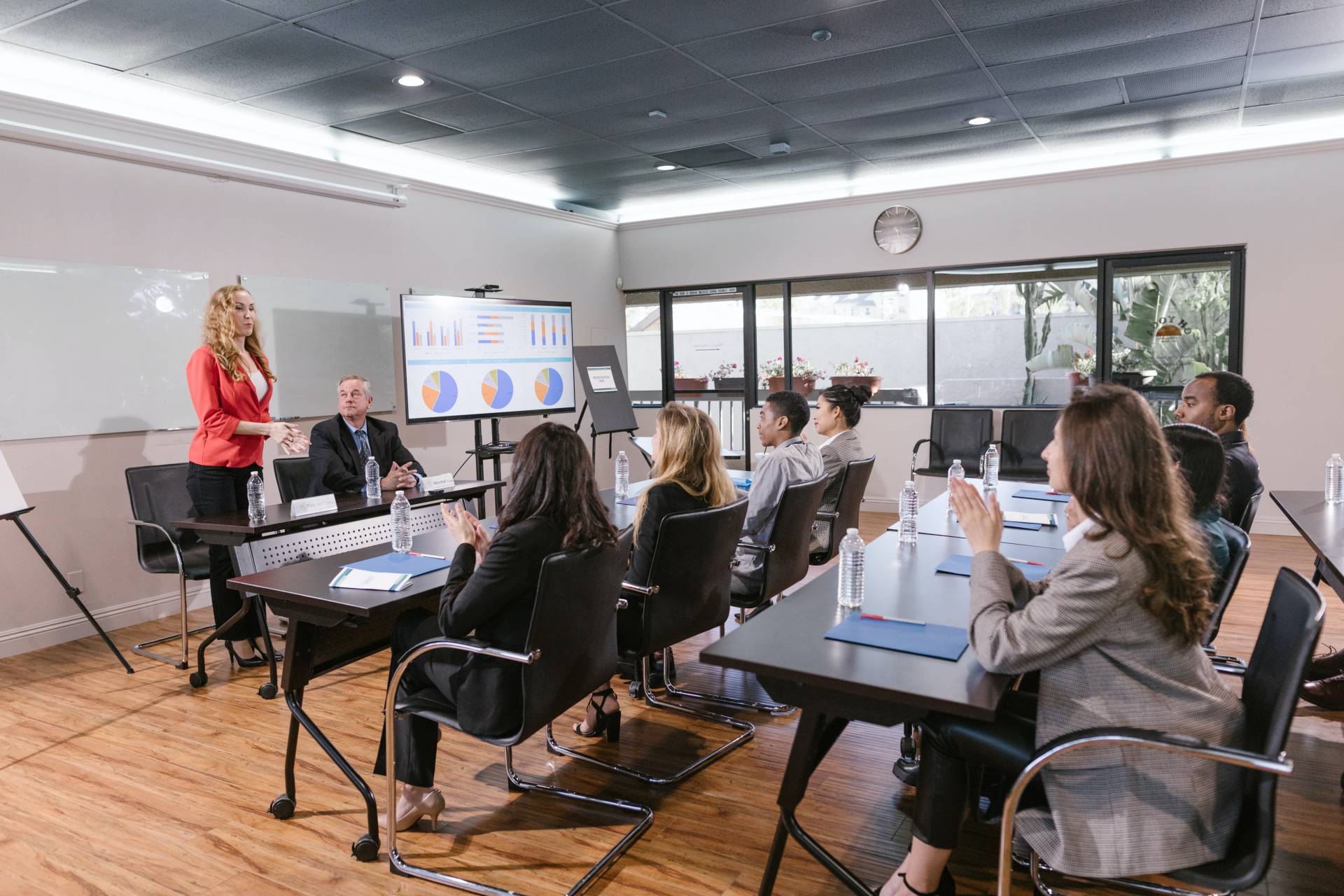


John Rampton
John’s goal in life is to make people’s lives much more productive. Upping productivity allows us to spend more time doing the things we enjoy most. John was recently recognized by Entrepreneur Magazine as being one of the top marketers in the World. John is co-founder and CEO of Calendar.